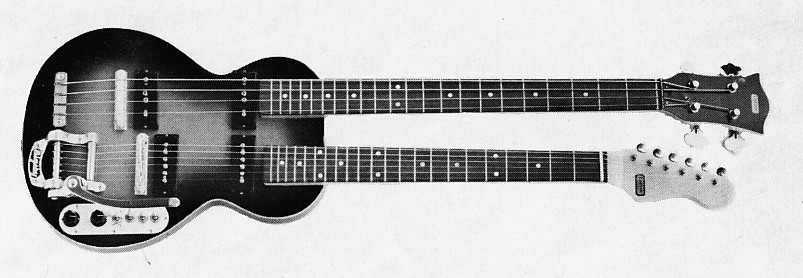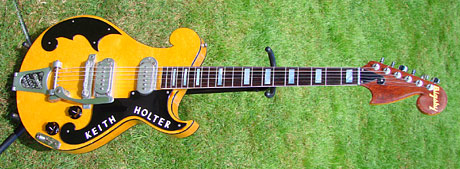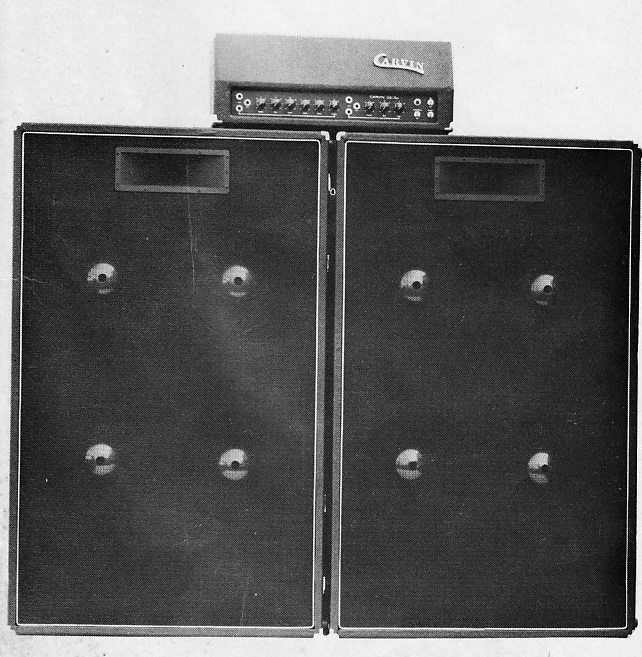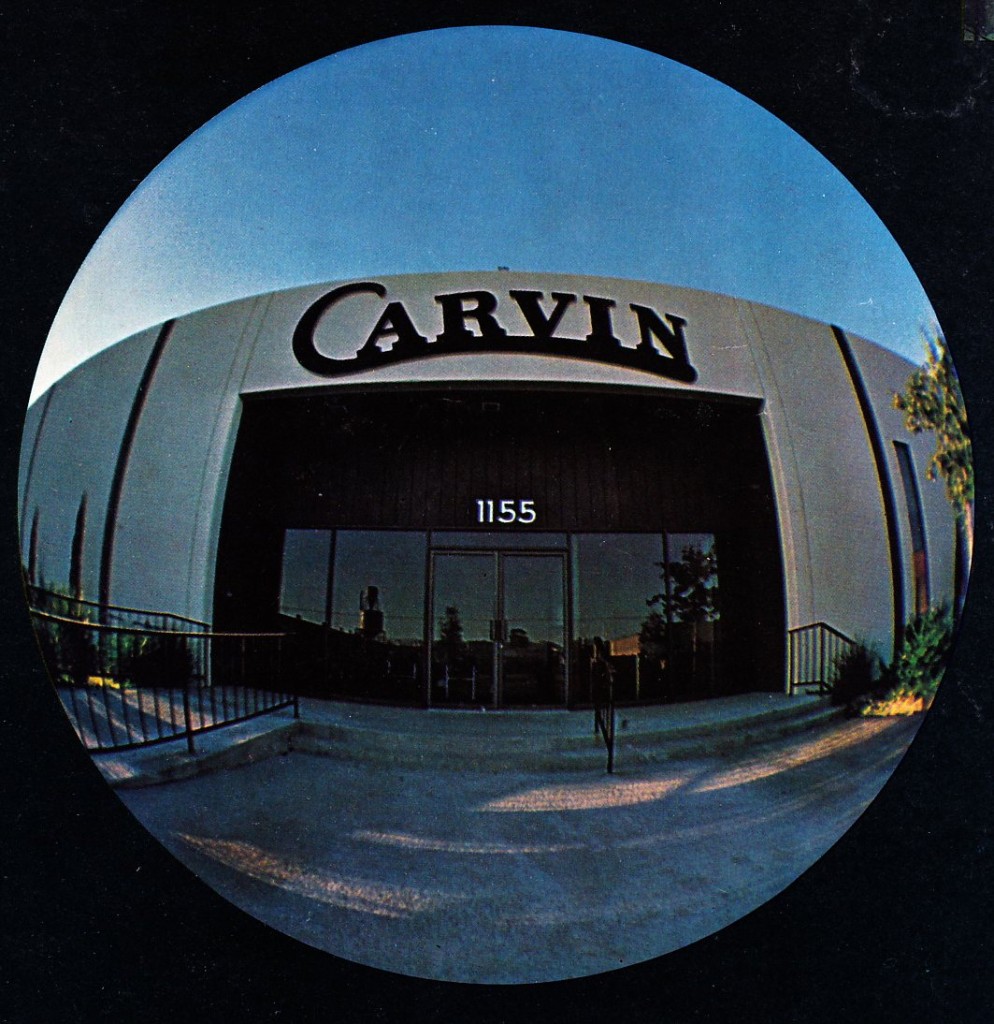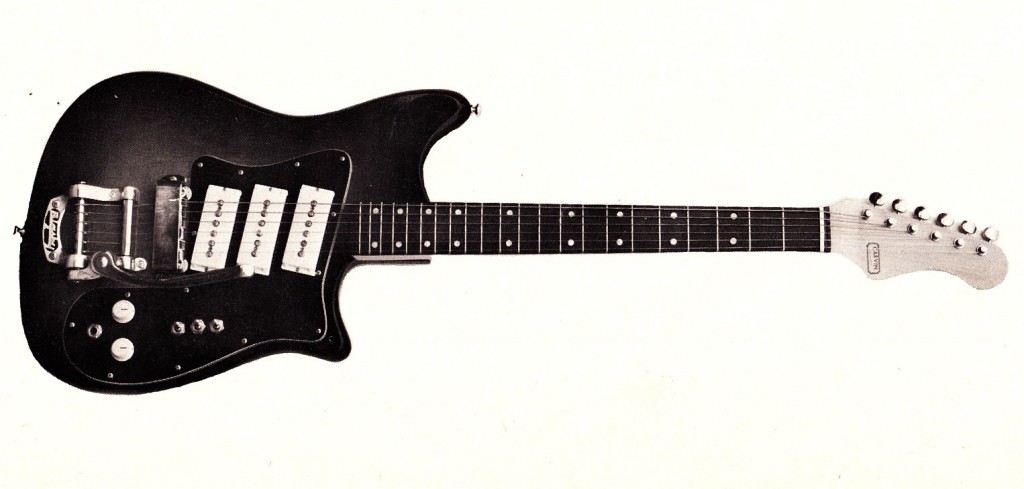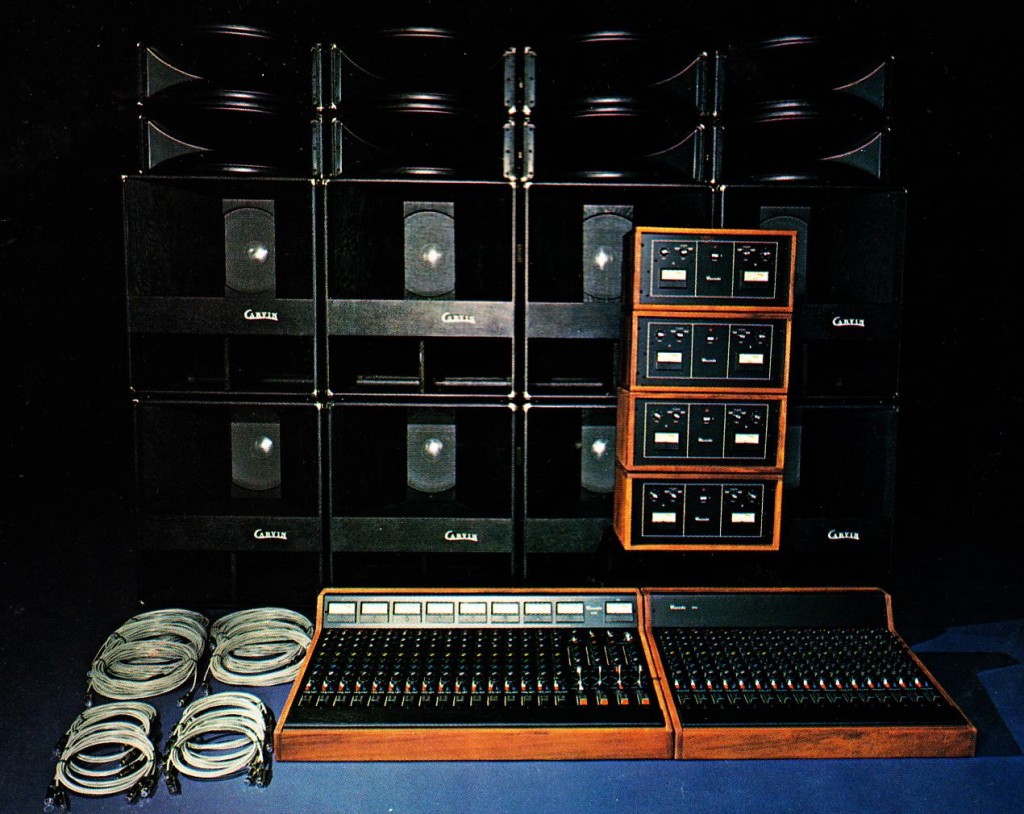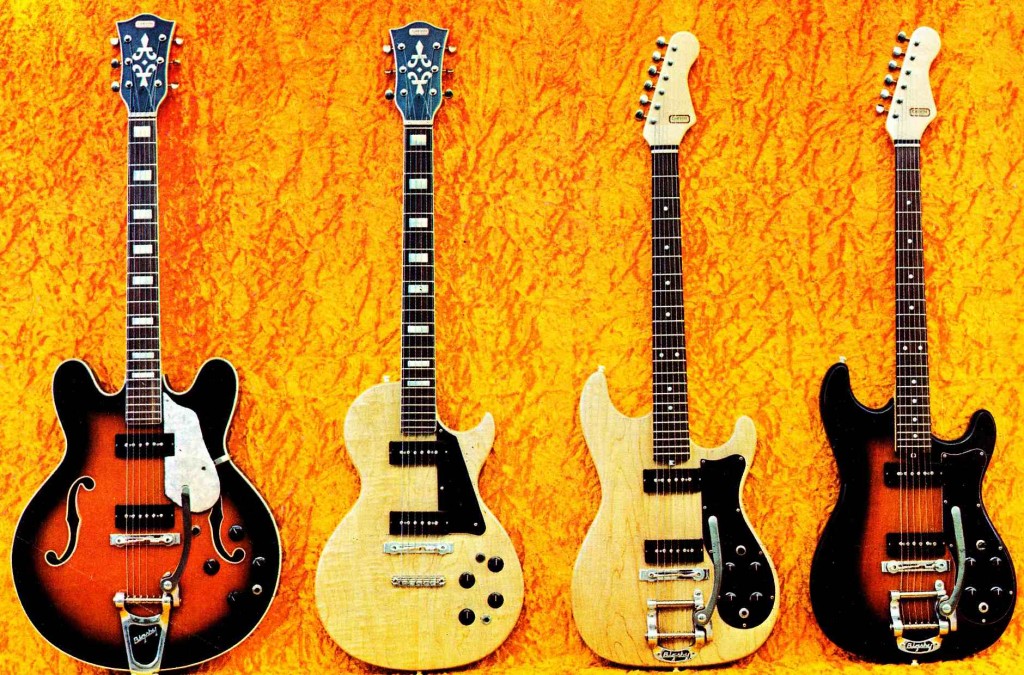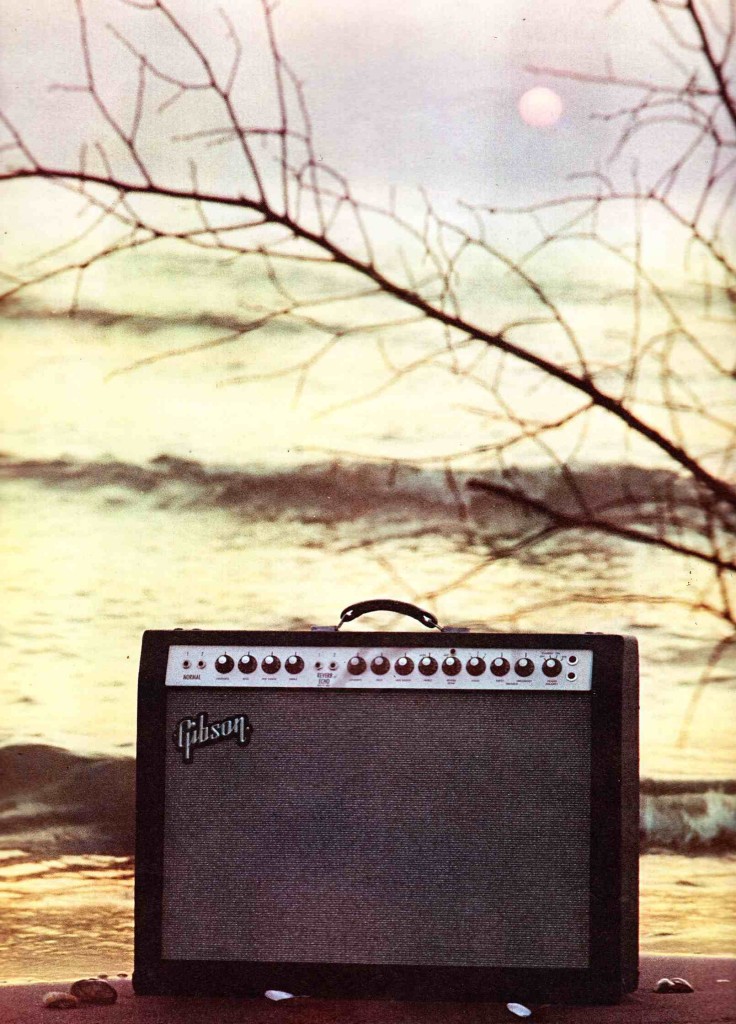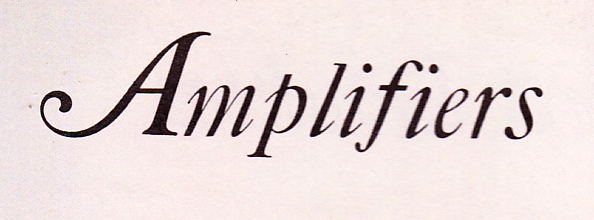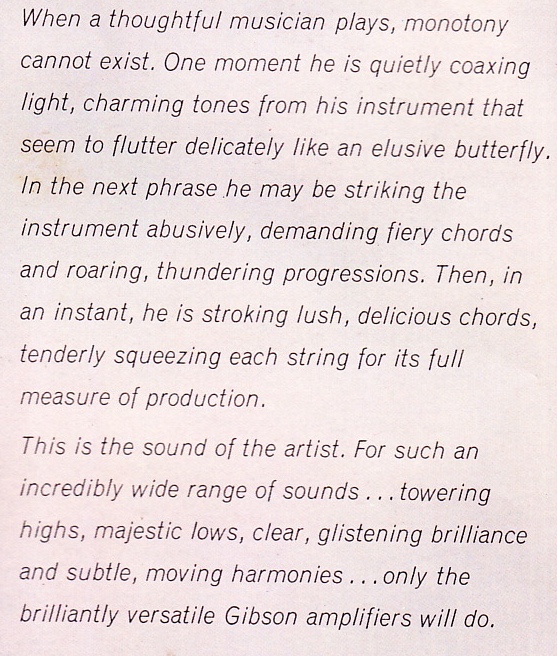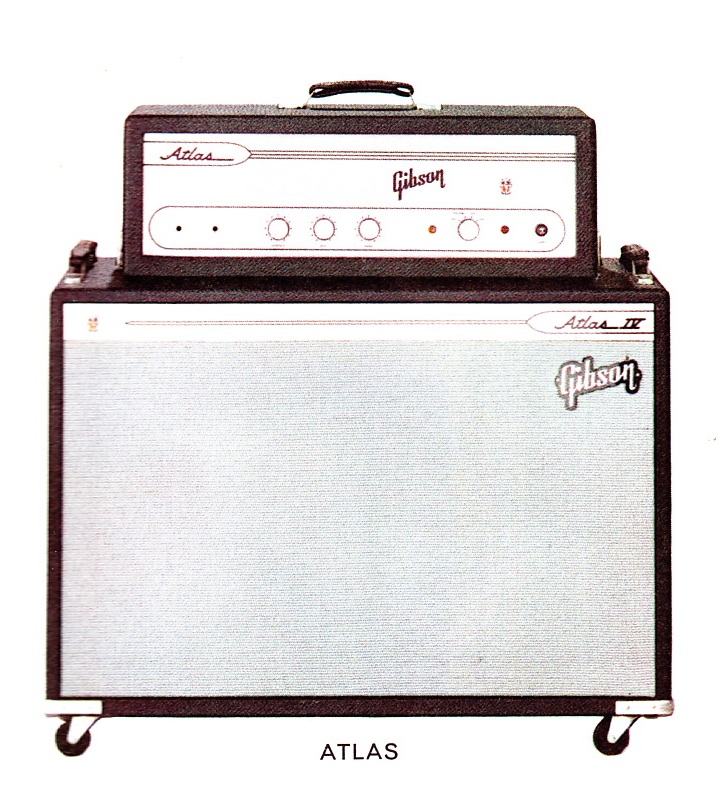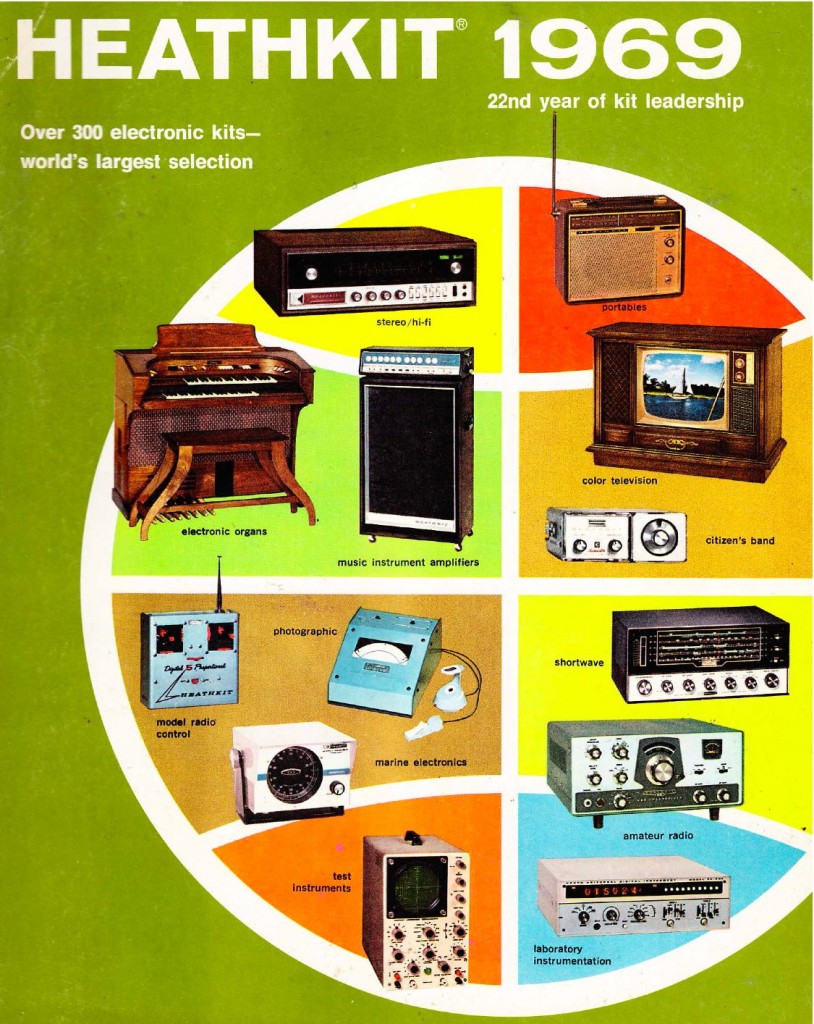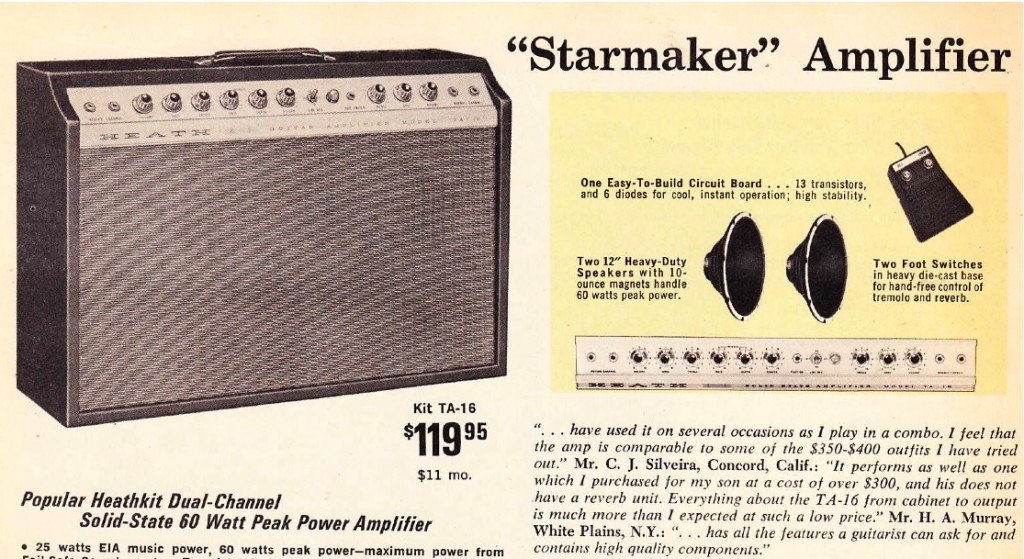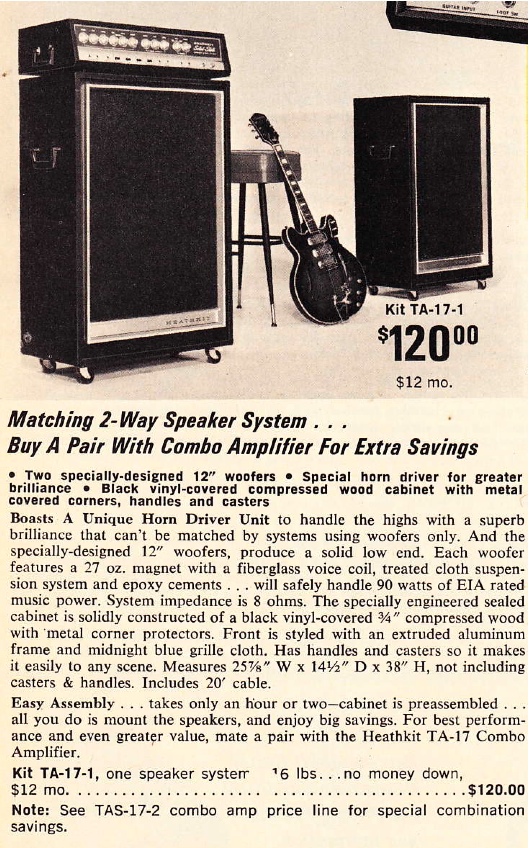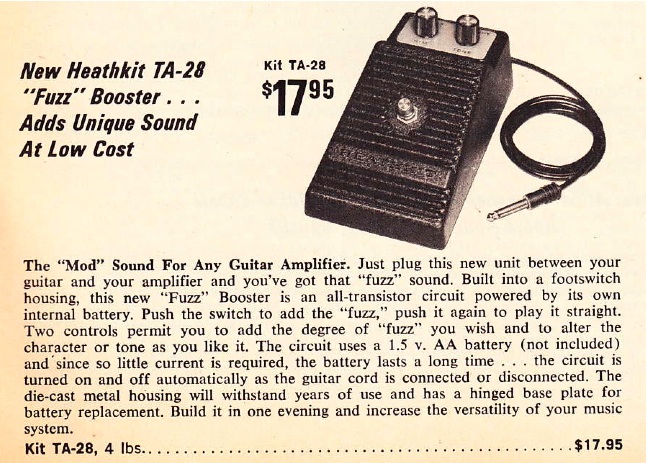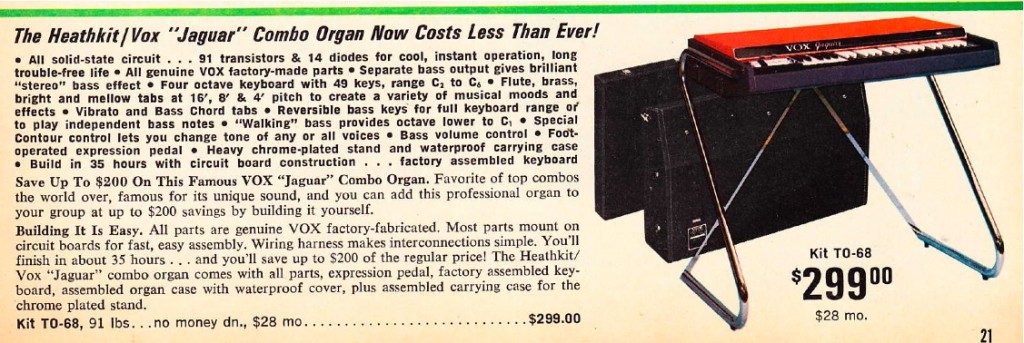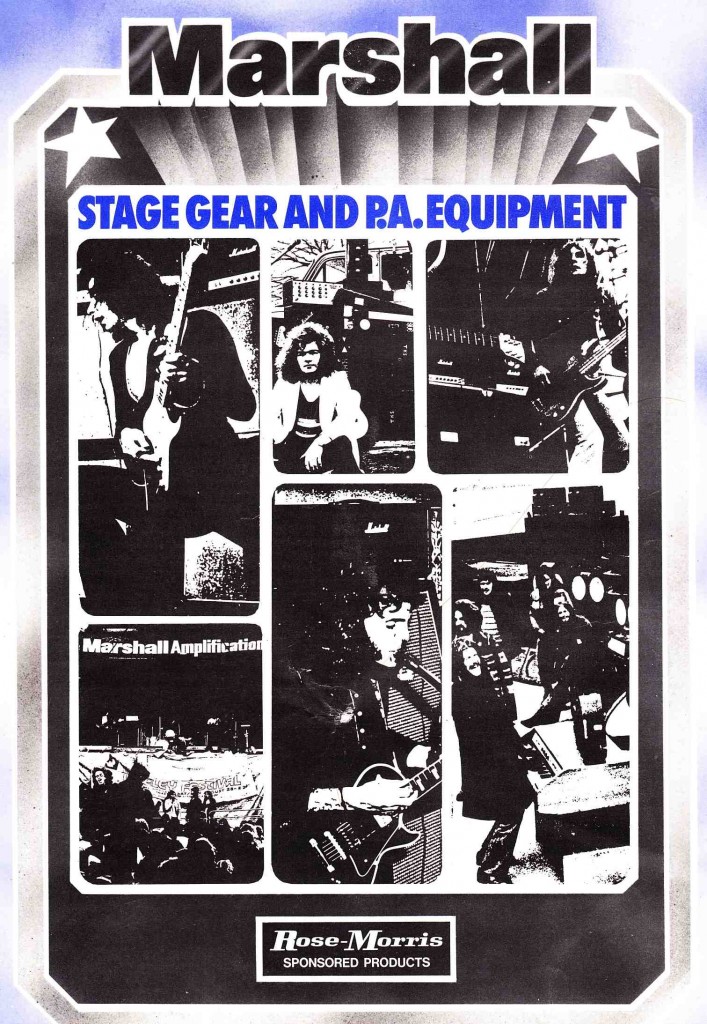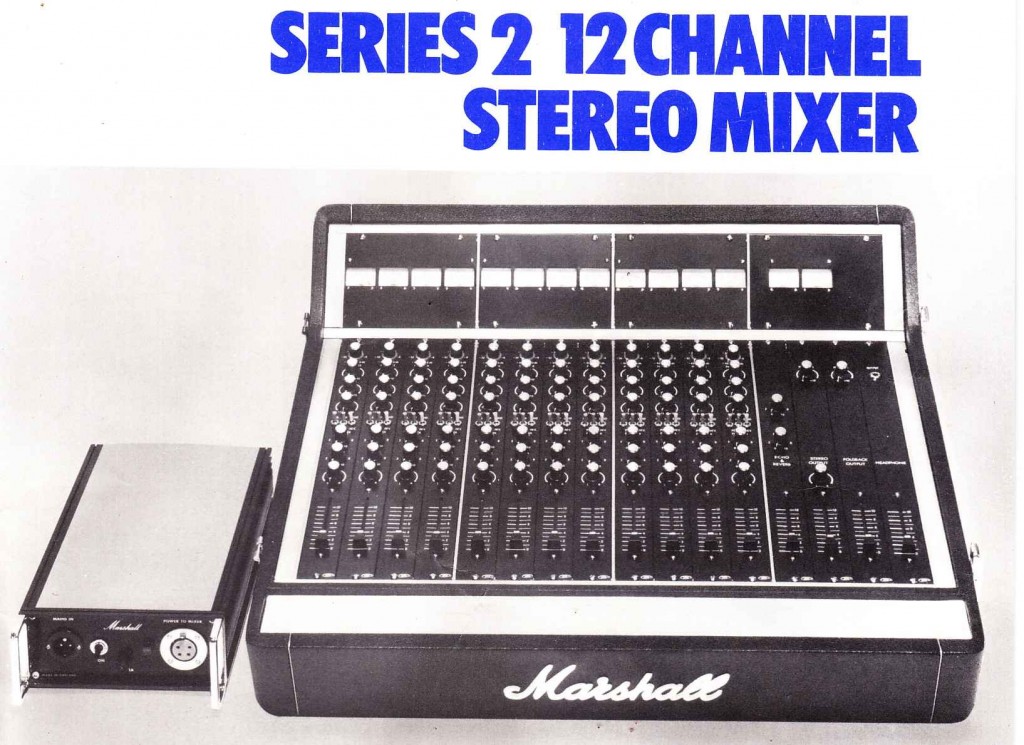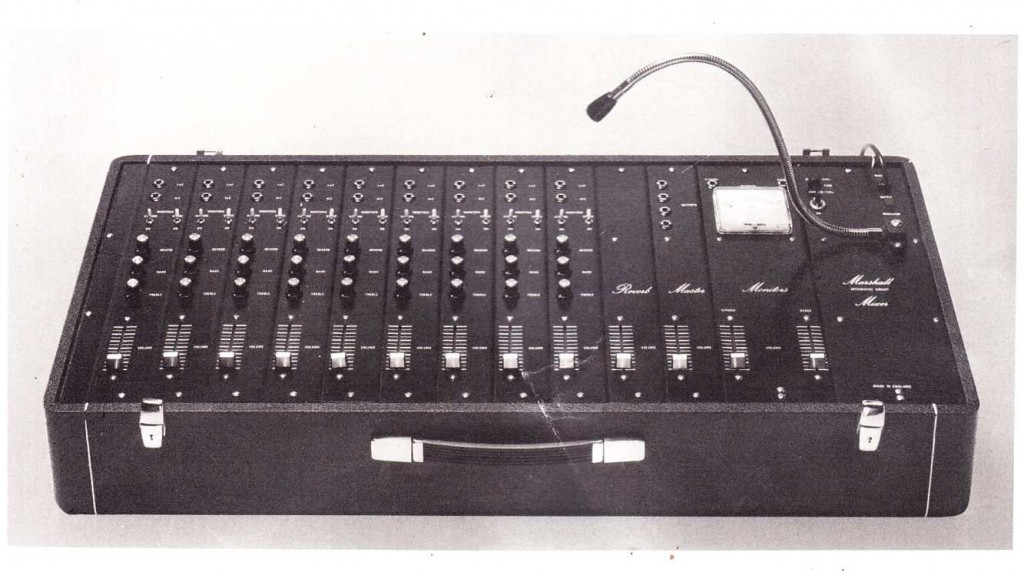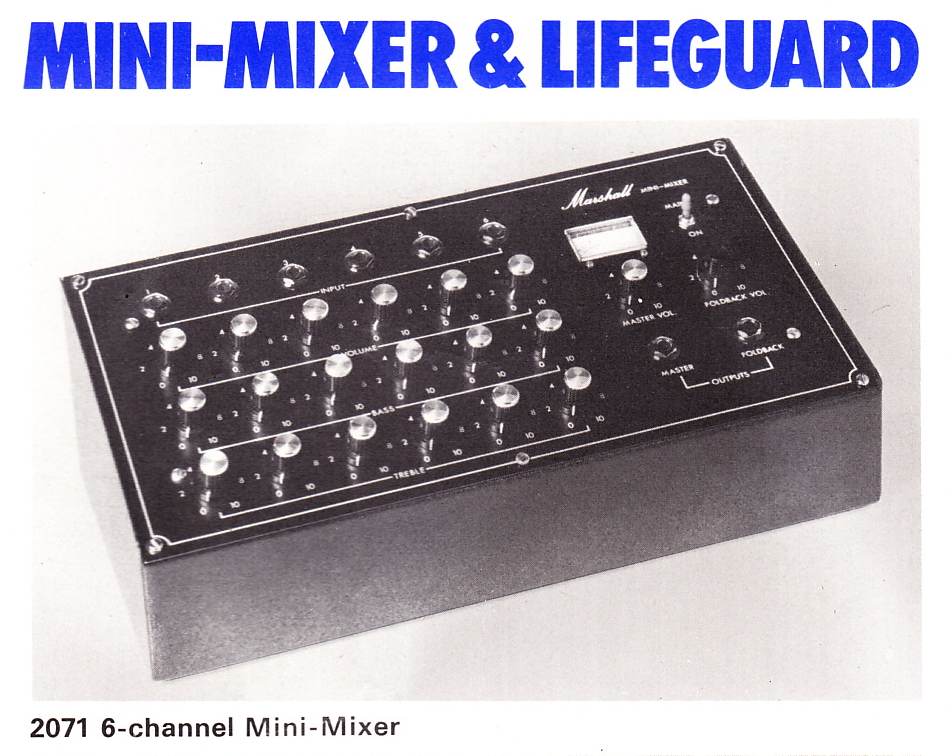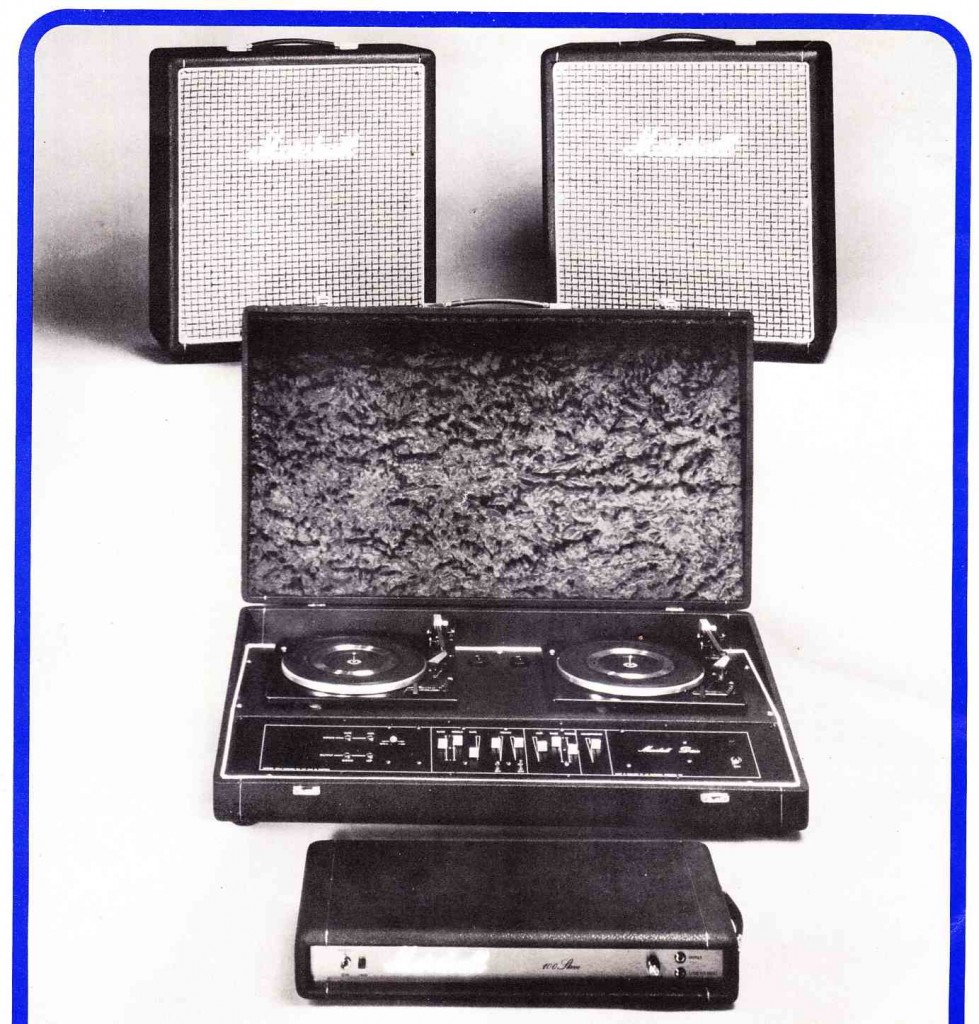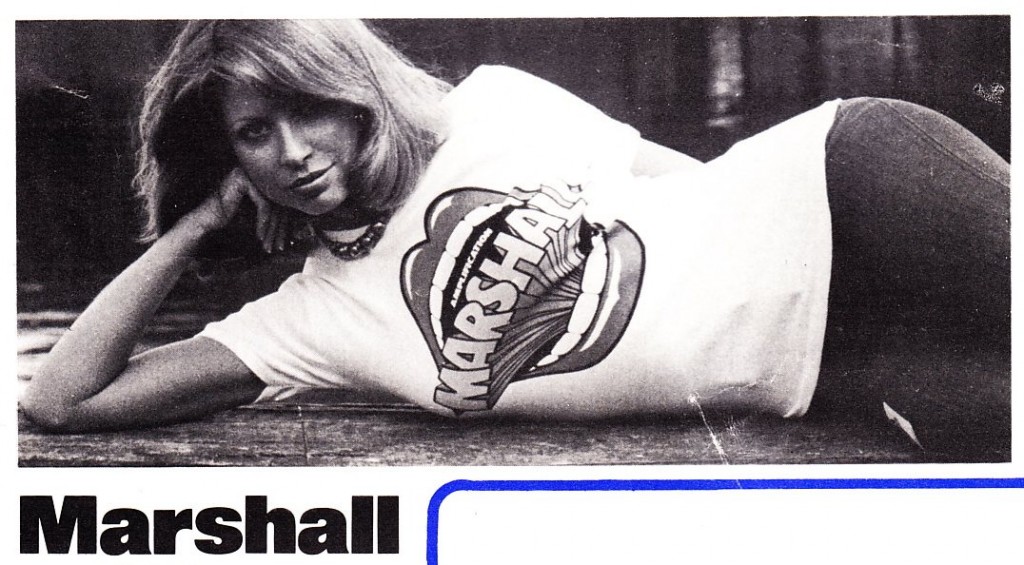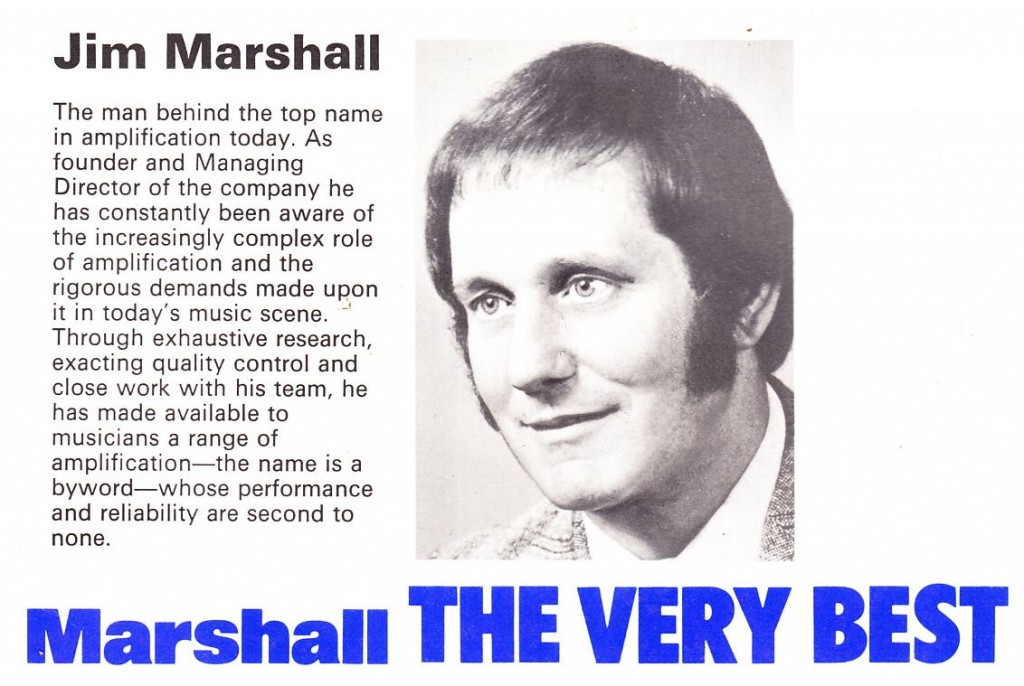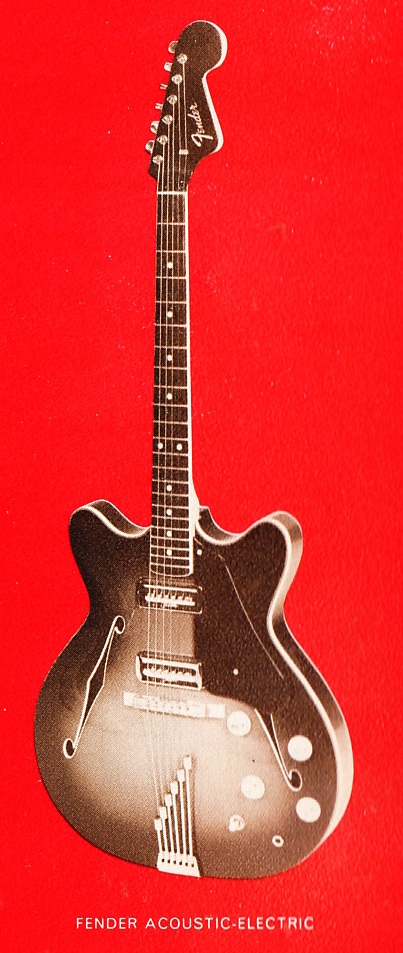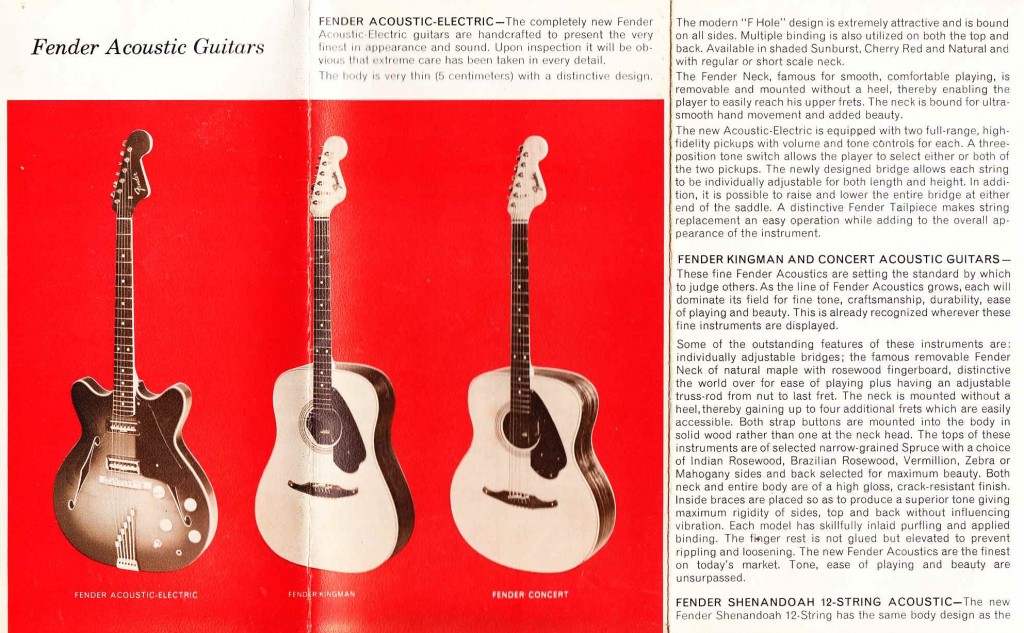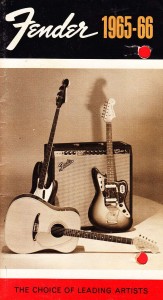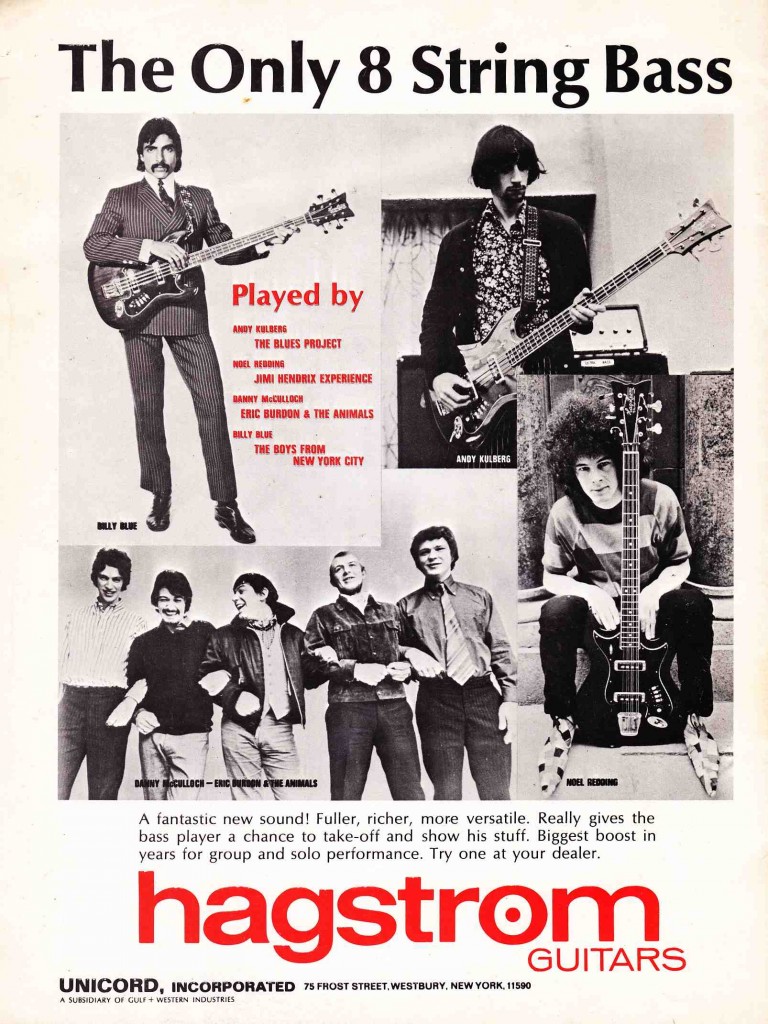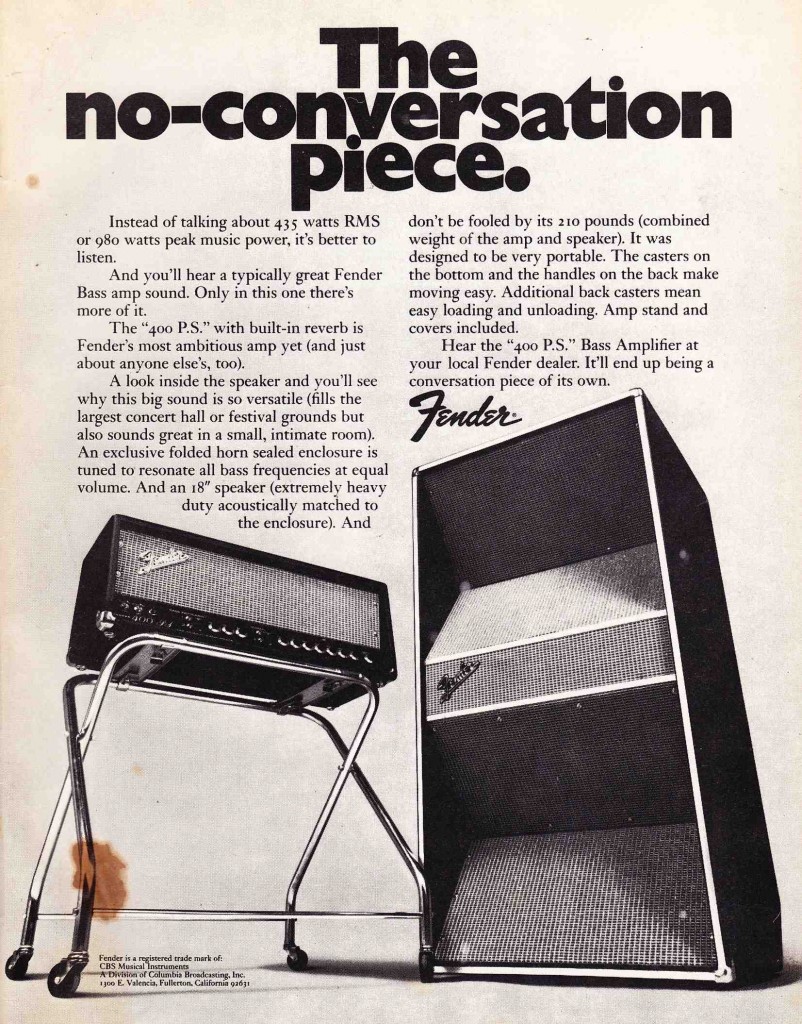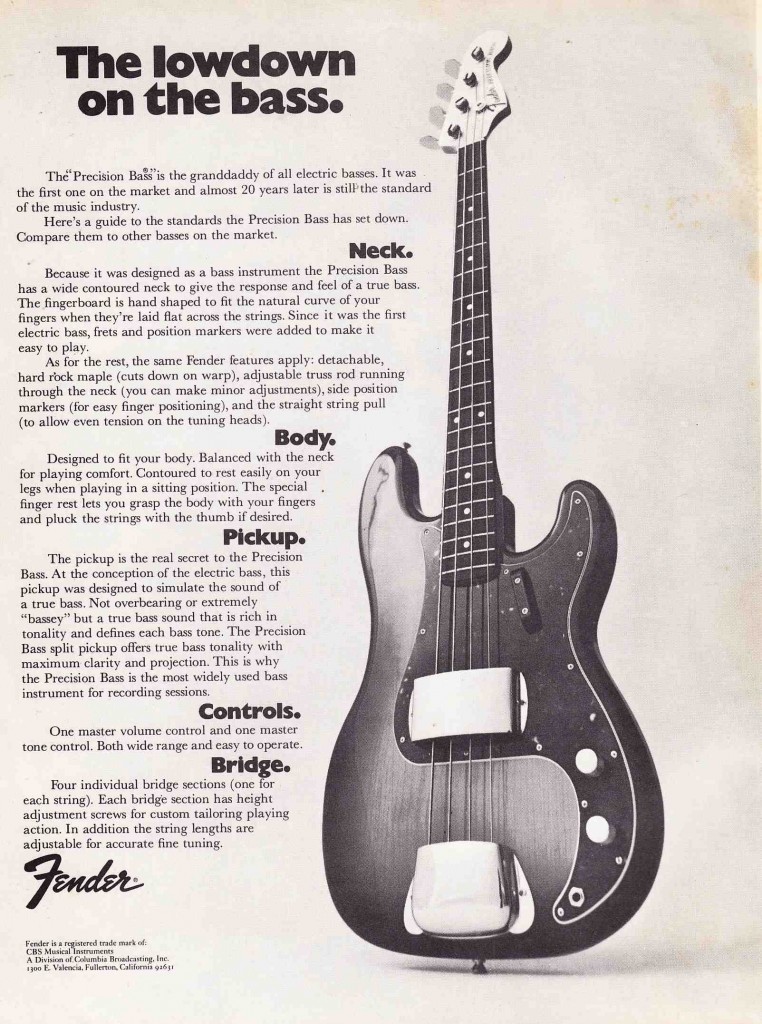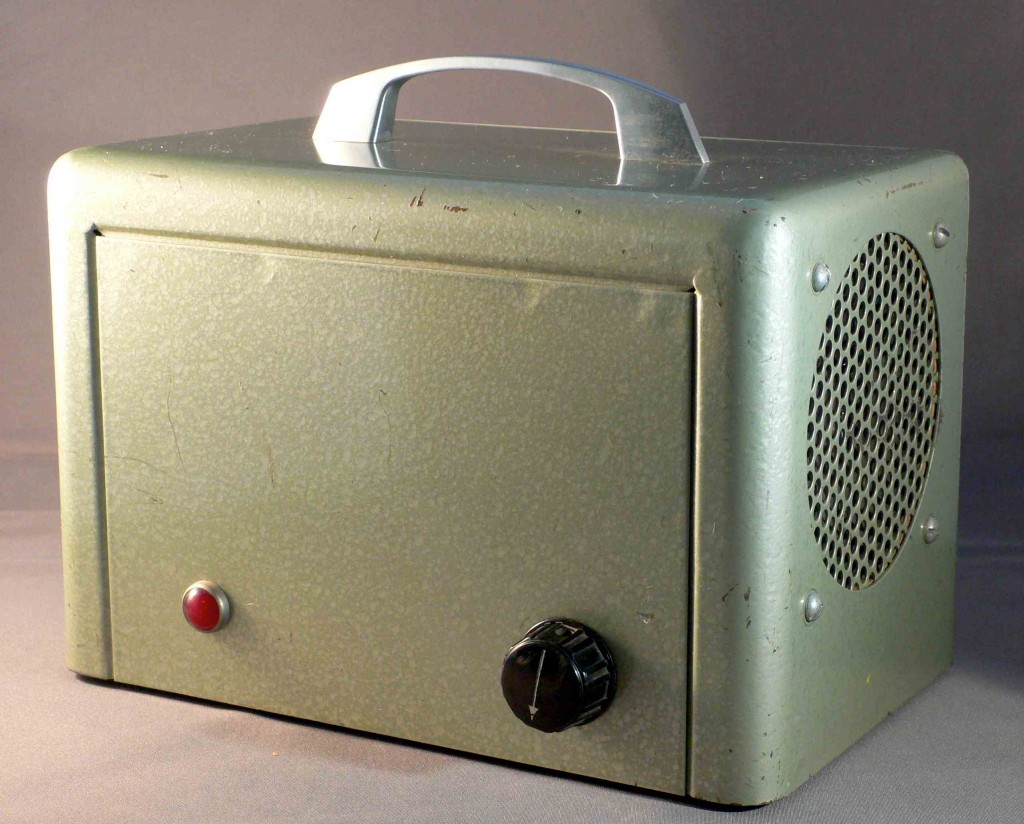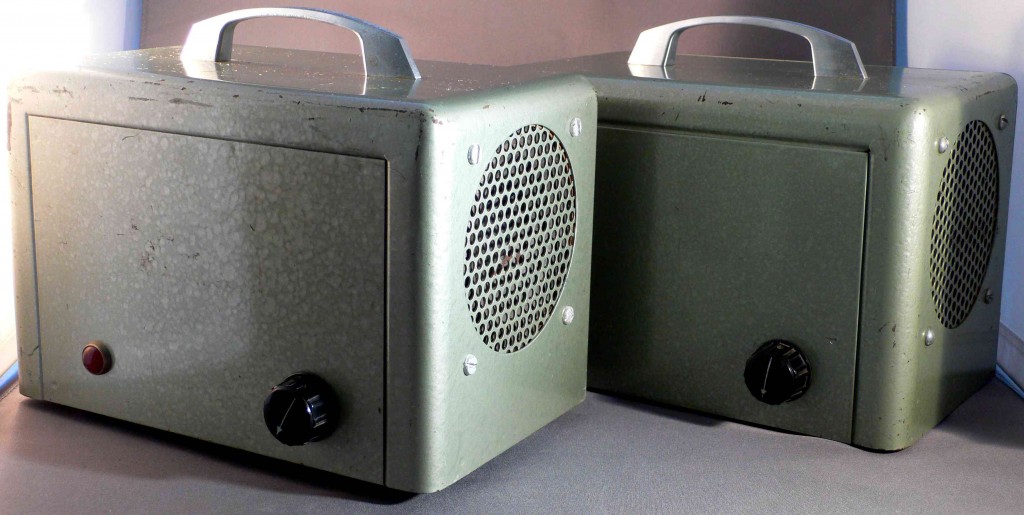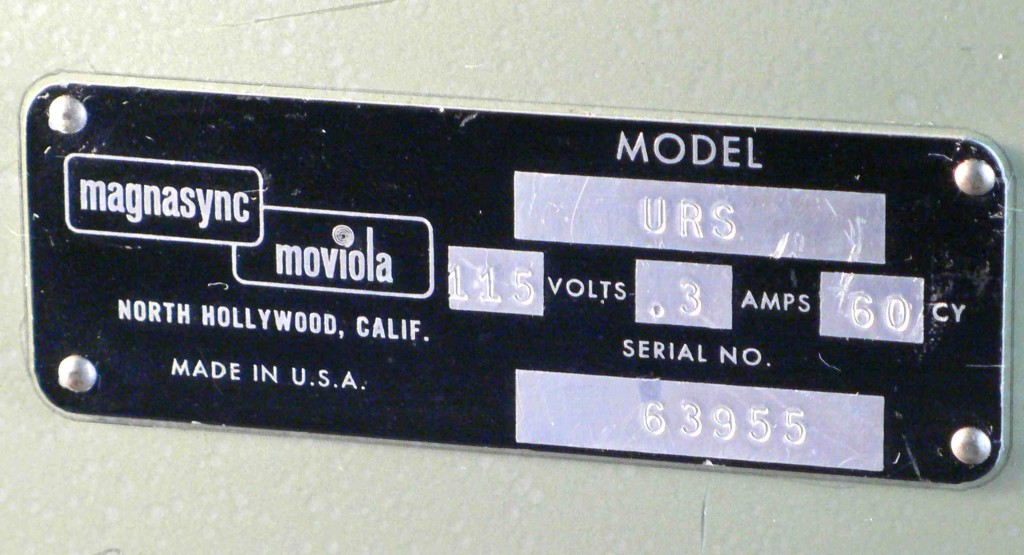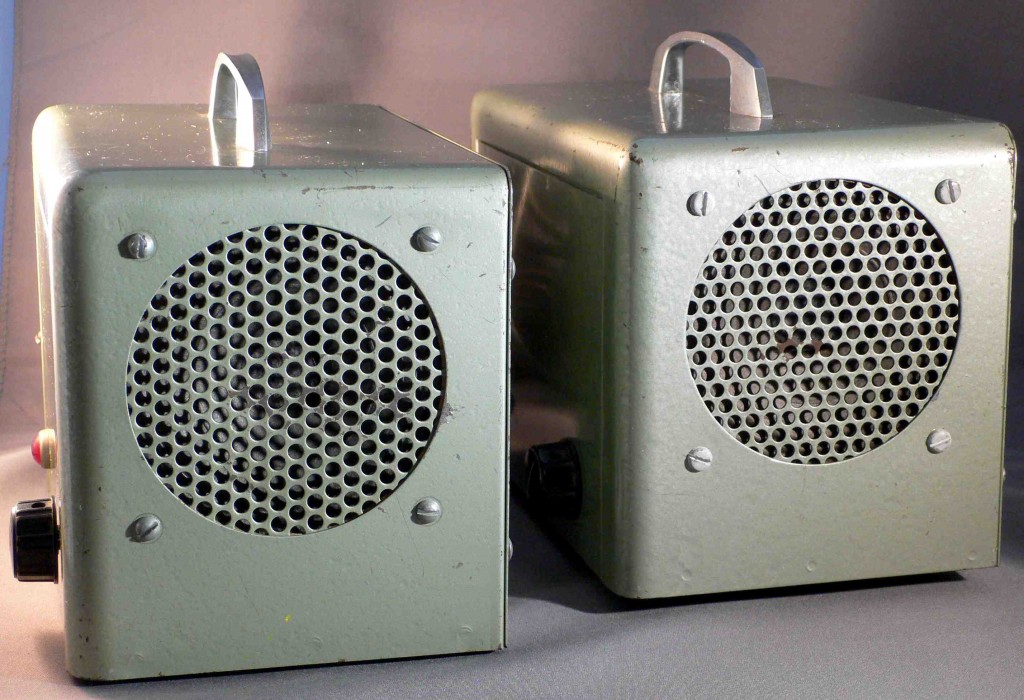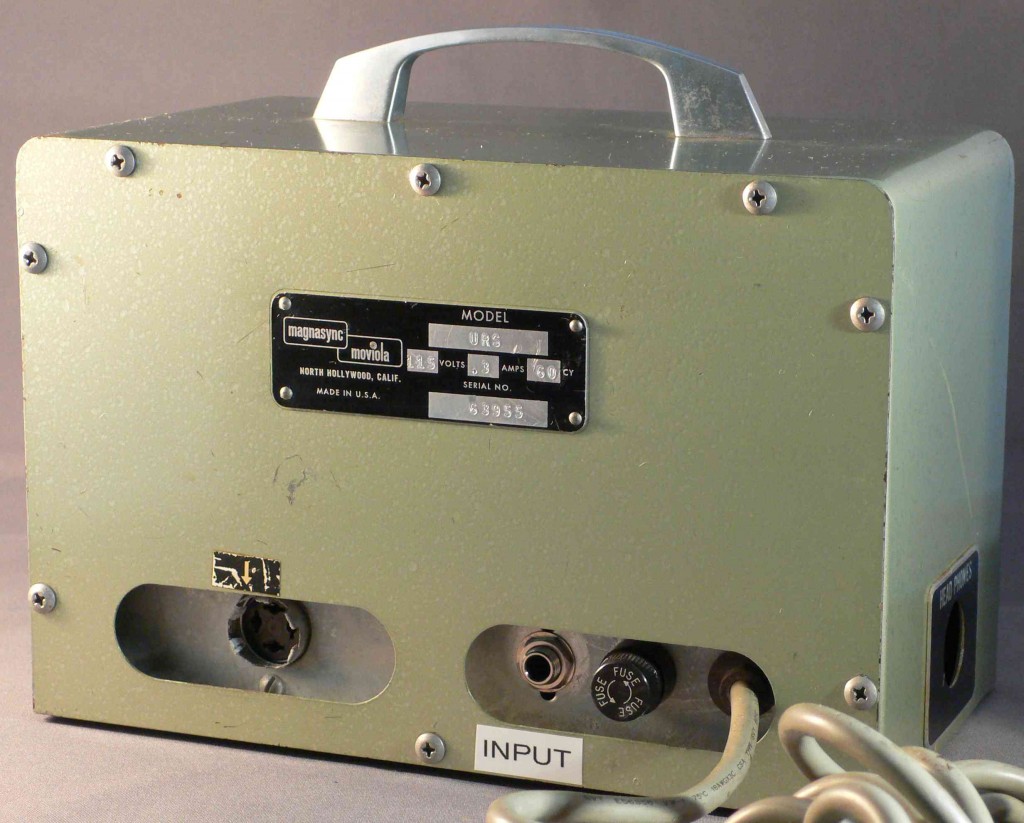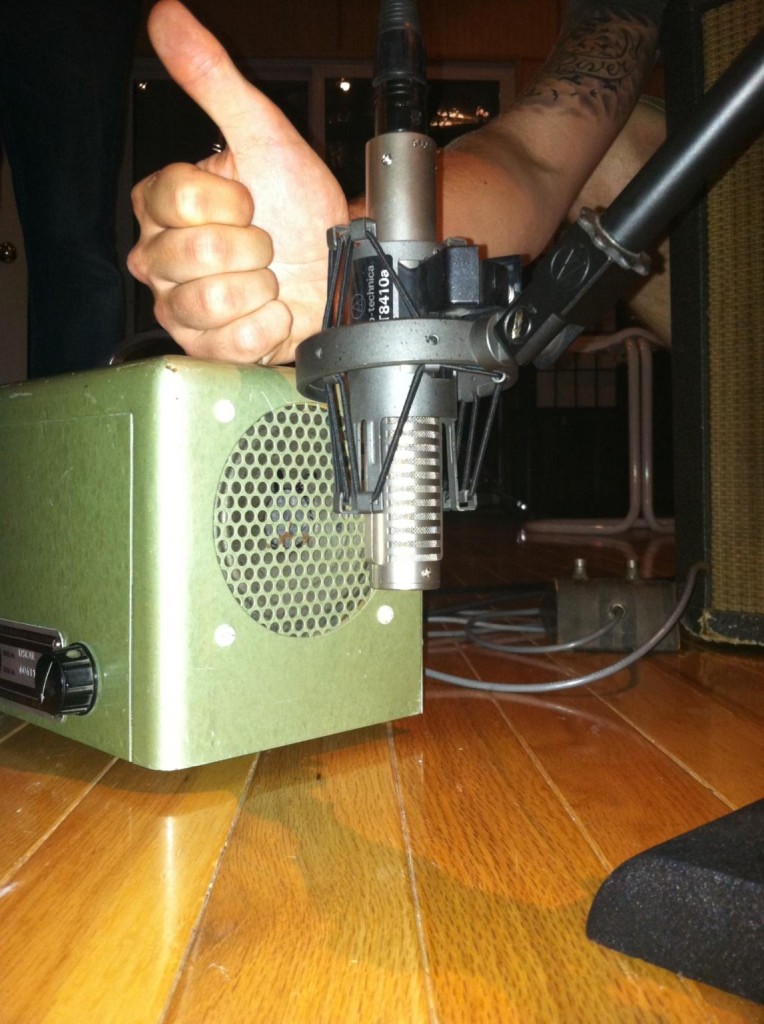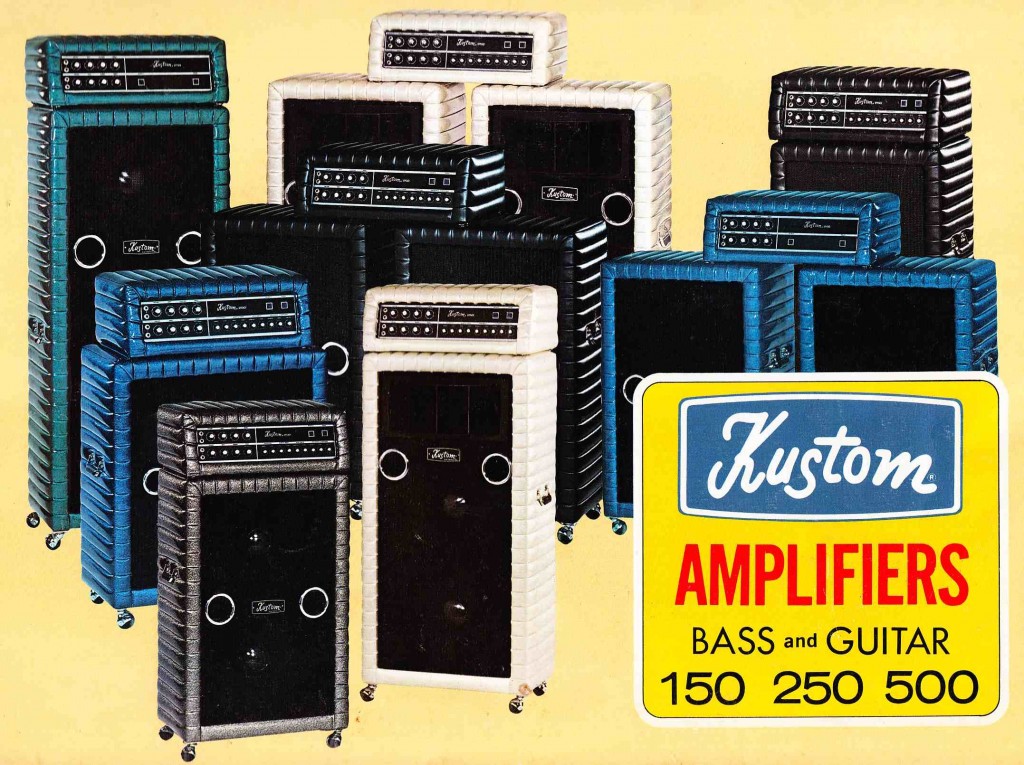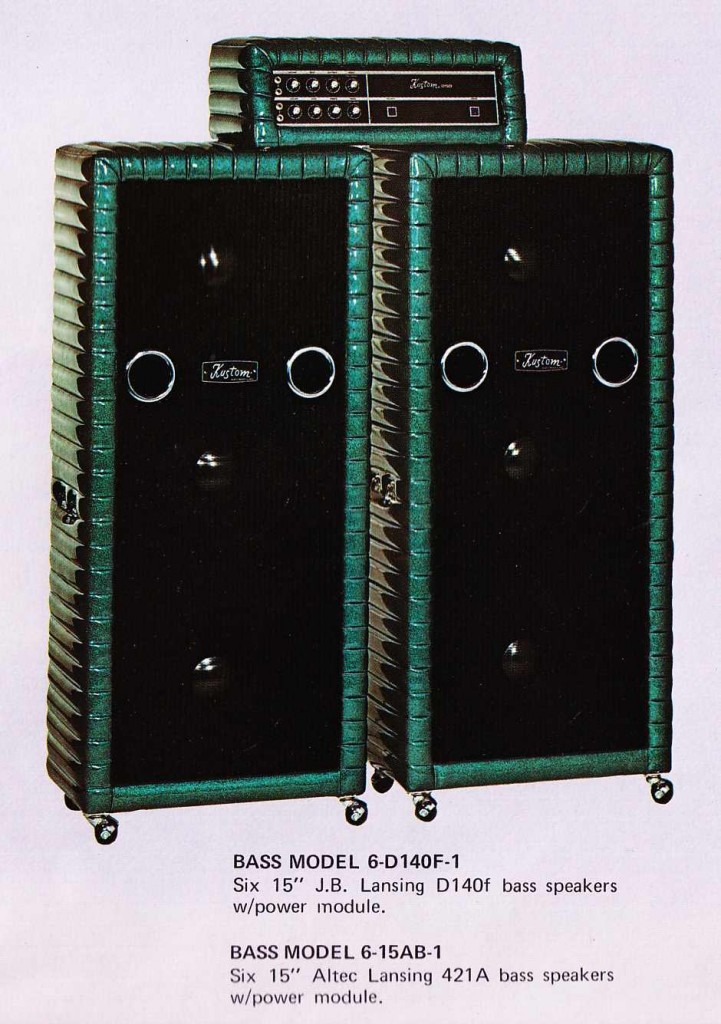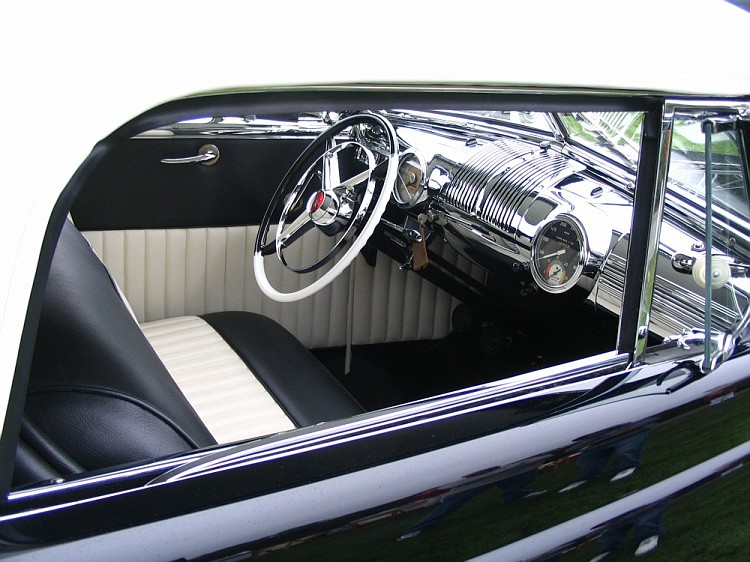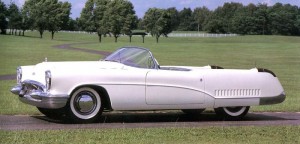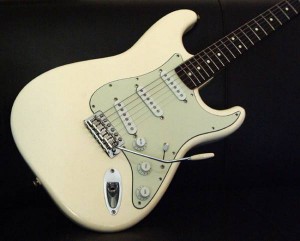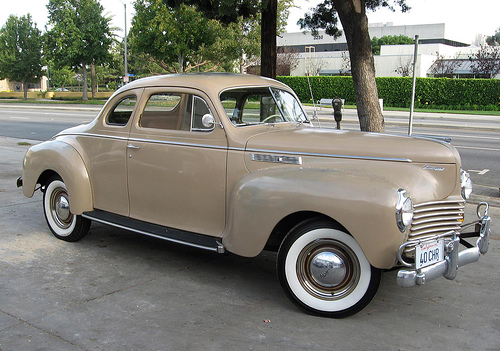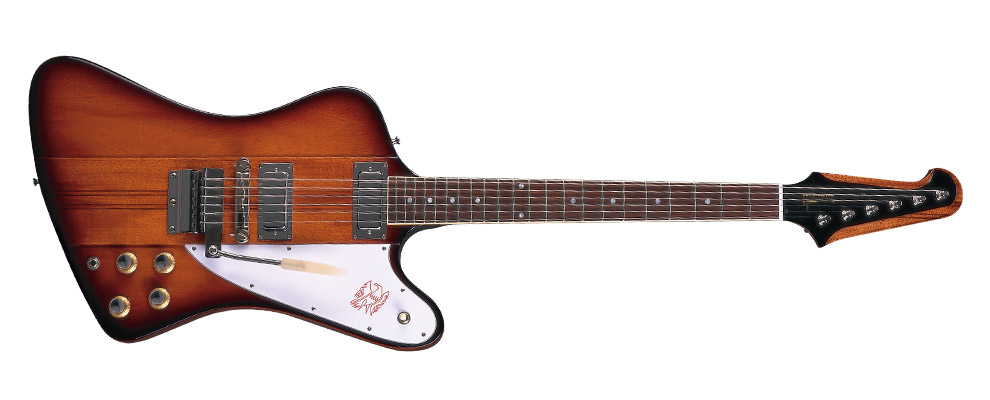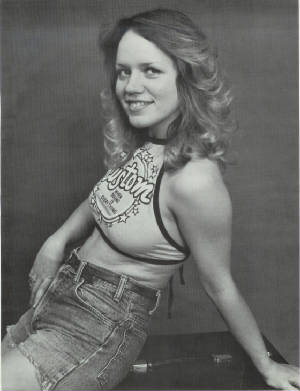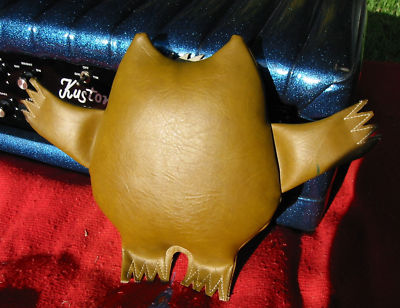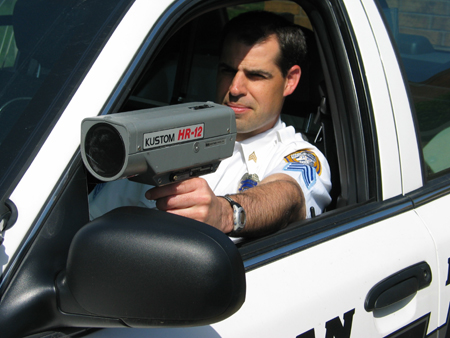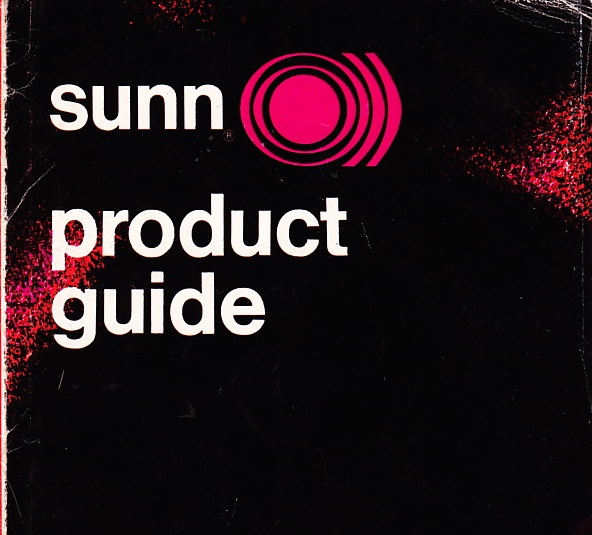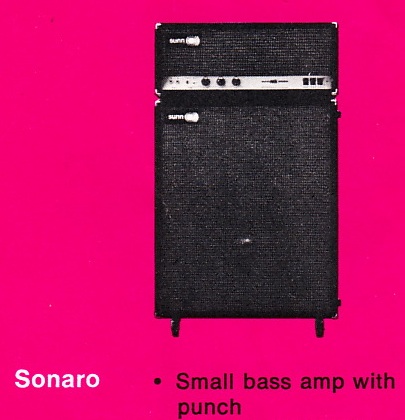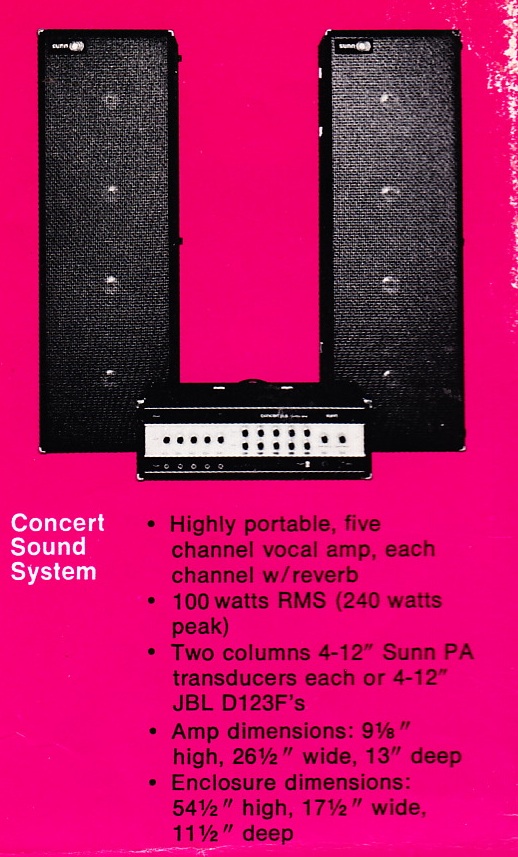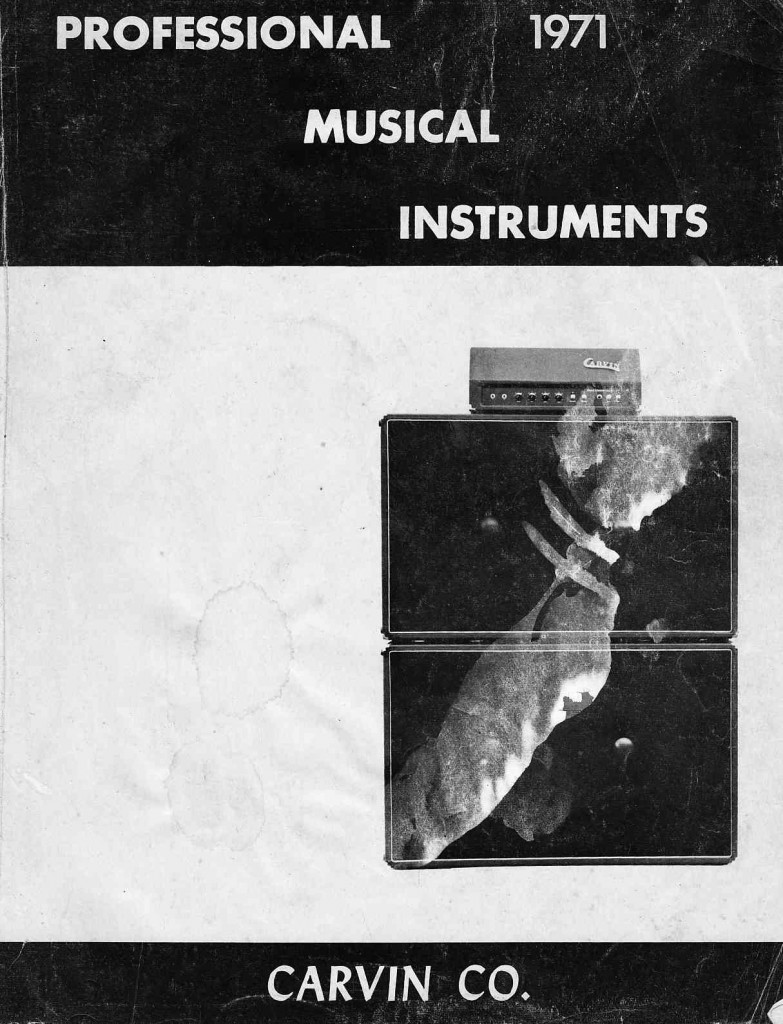 Download the thirty-two page 1971 Carvin catalog, presented in the original glorious black-and-white (9.9M zipped file):
Download the thirty-two page 1971 Carvin catalog, presented in the original glorious black-and-white (9.9M zipped file):
DOWNLOAD: Carvin_1971_Catalog.pdf
Dig the excellent non-designed cover. Products covered, with pictures, specs, and text, include: Carvin Super Band Leader amp SBL2000, Super Lead Master Amp SLM1600, Super Bass Master SBM1500, Band Leader BL1100 and BL1200, Lead Master LM990 and LM1000, Carvin Altec -equipped Lead and Bass Masters, Bass Master BM 755 and BM 775. Public-Address (PA) systems/components include: PA5000 incorporating P2200 head and CR 150 speakers, PA600 featuring P3500 head and SR660 speakers, System 7000 featuring P4500 head. ‘Compact’ instrument amplifiers include Twin Master TM550, Lead Performer LP400, Bass Master BM340. Amplifier heads include Carvin B3000, B1600, B2400 and B1050 Bass amp heads or ‘Power units’ as Carvin calls them; L4000, L2500, and T2000 Lead Power Units, aka Guitar heads.
Guitars covered include: Carvin AS50B and AS50 hollowbody electrics, SS70, SS70B, SS65B, SS65 electric guitars, AB45 and SB40 electric basses, ABS95 bass/guitar doubleneck and AMS90 Mandolin/Guitar doubleneck; Carvin pedal steels # 41B, 61B, 81B, 101B, and 1010B; Carvin steel guitars PRO-S8, PRO-D8, PRO-D6; plus a range of parts and accessories.
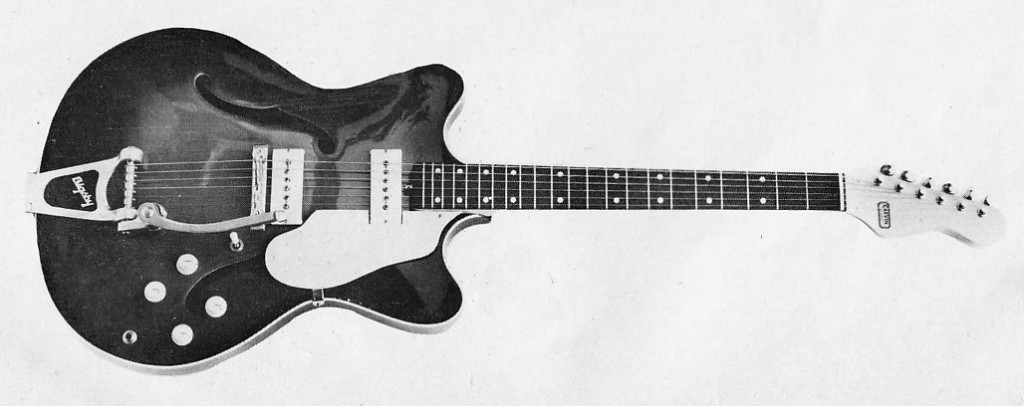 1971 Carvin AS-50B Acoustic-Electric Guitar
1971 Carvin AS-50B Acoustic-Electric Guitar
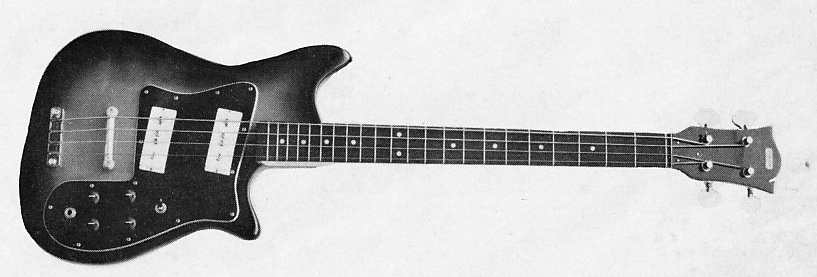 1971 Carvin SB40 Electric Bass
1971 Carvin SB40 Electric Bass
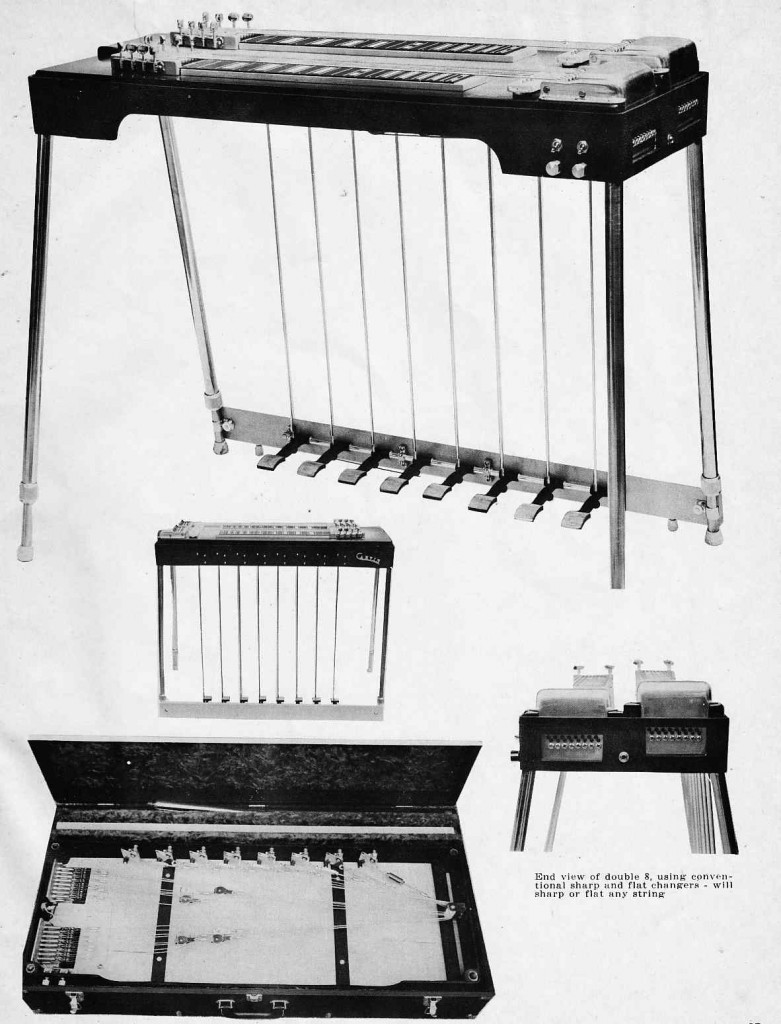 As far as i can determine, Carvin used imported European bodies for their acoustic electric guitars (similar to what Ovation did at the time) and imported the necks as well. I am honestly not sure if they made their own solid-bodies, but given that they were making amplifier cabinets, I can’t see any reason why they would not have. When you look at these guitars, the overall vibe is not Fender or Gibson… I feel like the closest comparison is the work of fellow Californian Paul Bigsby.
As far as i can determine, Carvin used imported European bodies for their acoustic electric guitars (similar to what Ovation did at the time) and imported the necks as well. I am honestly not sure if they made their own solid-bodies, but given that they were making amplifier cabinets, I can’t see any reason why they would not have. When you look at these guitars, the overall vibe is not Fender or Gibson… I feel like the closest comparison is the work of fellow Californian Paul Bigsby.
BTW, if you have not read Andy Babiuk’s excellent book on Paul Bigsby, spend the $32 and check it out. Far and away one of the best books ever written on the subject of a musical-instrument innovator. NEways…back to Carvin…
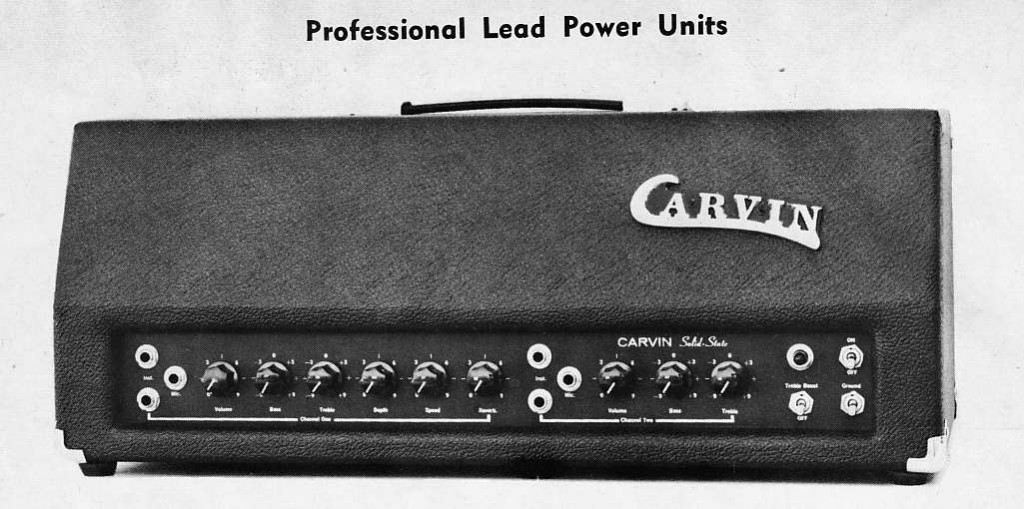 1971 Carvin L4000 amplifier head
1971 Carvin L4000 amplifier head
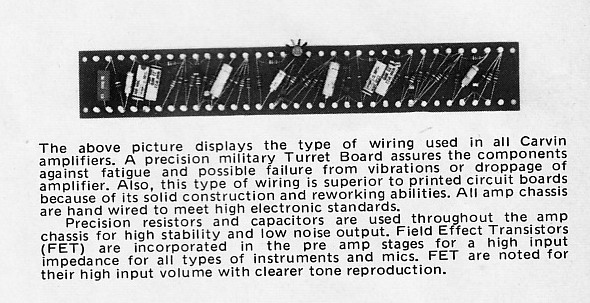 The most interesting thing about the amplifiers is the construction method used. Years after even tube-based electronics had begun using printed-circuit-boards, Carvin was using point-to-point wiring for their all-solid-state amps. The amplifiers ranged in power from 80 watts into 4 ohms up to 160 watts into 4 ohms (2 ohm capable).
The most interesting thing about the amplifiers is the construction method used. Years after even tube-based electronics had begun using printed-circuit-boards, Carvin was using point-to-point wiring for their all-solid-state amps. The amplifiers ranged in power from 80 watts into 4 ohms up to 160 watts into 4 ohms (2 ohm capable).
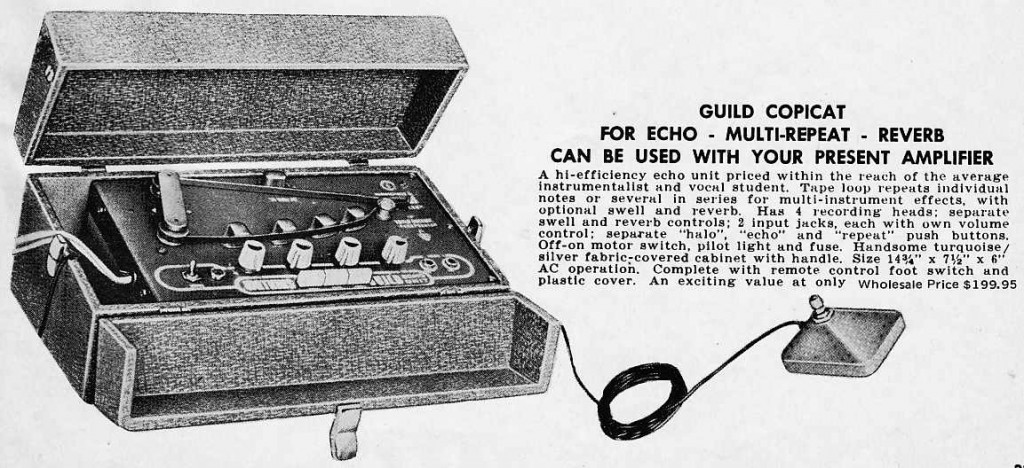 Guild CopyCat Tape Echo as offered in the 1971 Carvin Catalog
Guild CopyCat Tape Echo as offered in the 1971 Carvin Catalog
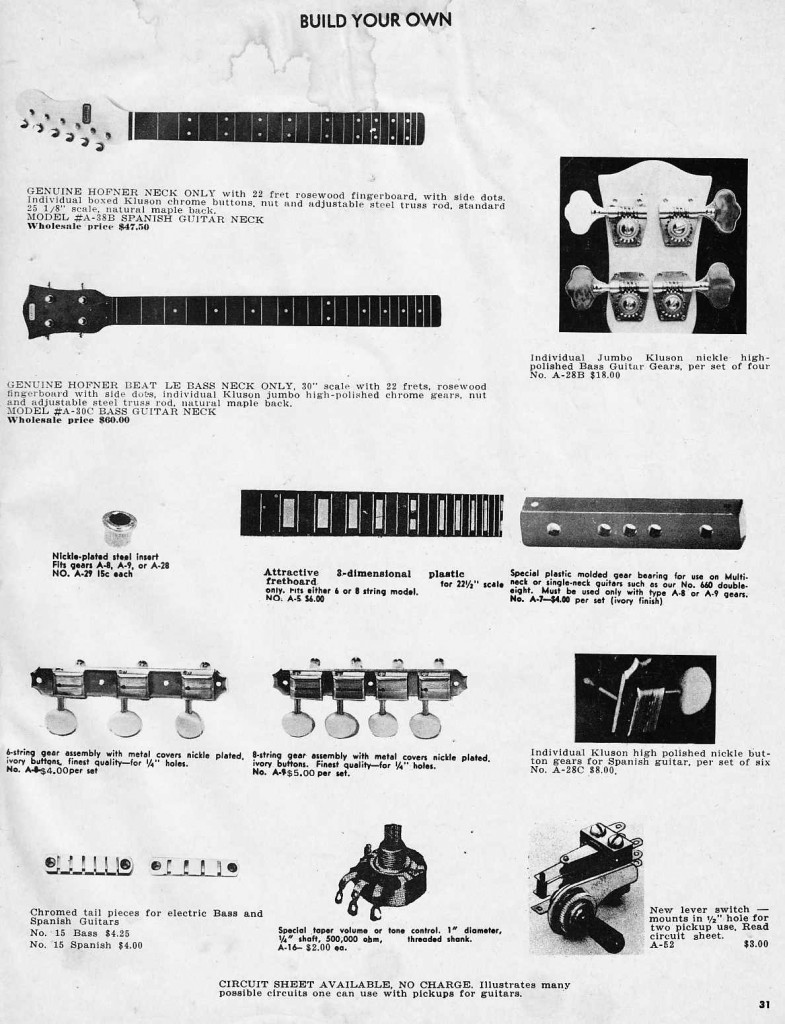 As Carvin still does today, the catalog also includes accessories made by other manufacturers, as well as part and encouragement to ‘build your own!’
As Carvin still does today, the catalog also includes accessories made by other manufacturers, as well as part and encouragement to ‘build your own!’
Plenty more on offer within the catalog. Download and see…
Tomorrow: 1973.
